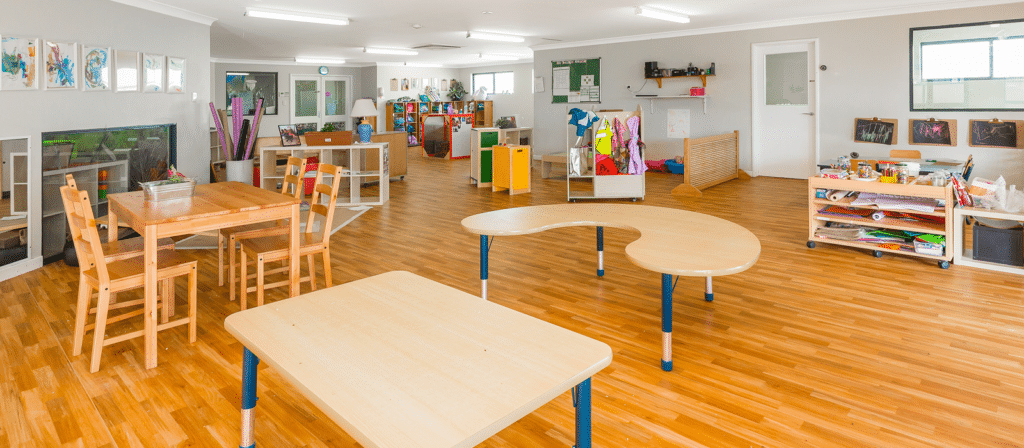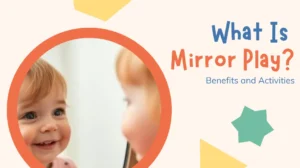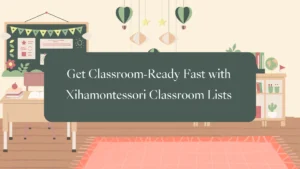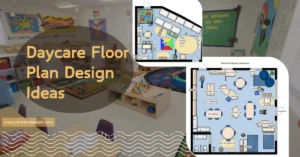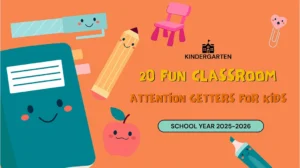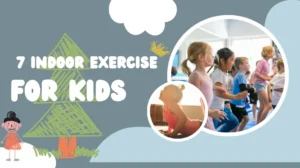Are you puzzled about how to choose the right play materials for your preschool classroom? Wondering what factors to consider when selecting materials that will engage and inspire young learners? Join us as we explore the five essential considerations that play a crucial role in the selection process, ensuring a fun, educational, and developmentally appropriate play environment.
Discover the five key factors to consider when selecting play materials for a preschool classroom. From safety and durability to educational value, versatility, and fostering creativity, learn how these considerations shape the choices made to provide an enriching play experience for children.
Why is the selection of play materials important?
Before diving into the considerations, it is essential to understand the significance of selecting appropriate play materials for a preschool classroom. Play is a fundamental part of a child’s development, and it provides them with opportunities to explore, create, and learn. By offering a variety of play materials, educators can promote the development of various skills, including cognitive, social, emotional, and physical.
What are the considerations when selecting play materials?
Safety:
The safety of the play materials is of utmost importance. Preschool-age children are still developing their fine motor skills and coordination. Play materials should be free from sharp edges, small parts that can be swallowed, and toxic substances. It is crucial to regularly inspect the play materials for any signs of wear and tear and remove or replace items that pose a safety risk.
Age Appropriateness:
Play materials should be suitable for the age group of the children in the preschool classroom. Different age groups have varying developmental needs and abilities. For example, younger children may benefit from manipulative toys that promote hand-eye coordination, while older children may enjoy building blocks or puzzles that challenge their problem-solving skills. Considering the age appropriateness of play materials ensures that they align with the developmental stage of the children and cater to their individual needs.
Open-Endedness:
Open-ended play materials are those that can be used in multiple ways, allowing children to explore and create based on their imagination and interests. These materials encourage creativity, problem-solving, and critical thinking. Examples of open-ended play materials include building blocks, play dough, and art supplies. By providing open-ended play materials, educators can foster children’s independent thinking and self-expression.
Durability:
Preschool classrooms can be busy and active environments. Play materials should be durable and able to withstand frequent use and handling. Opting for sturdy materials that are built to last ensures that the play materials can be enjoyed by multiple groups of children over an extended period.
Educational Value:
Play materials should have educational value and support the learning goals of the preschool curriculum. They should promote the development of various skills, such as fine motor skills, problem-solving, creativity, and social-emotional skills. Play materials that encourage cooperative play and allow for independent exploration are particularly beneficial.
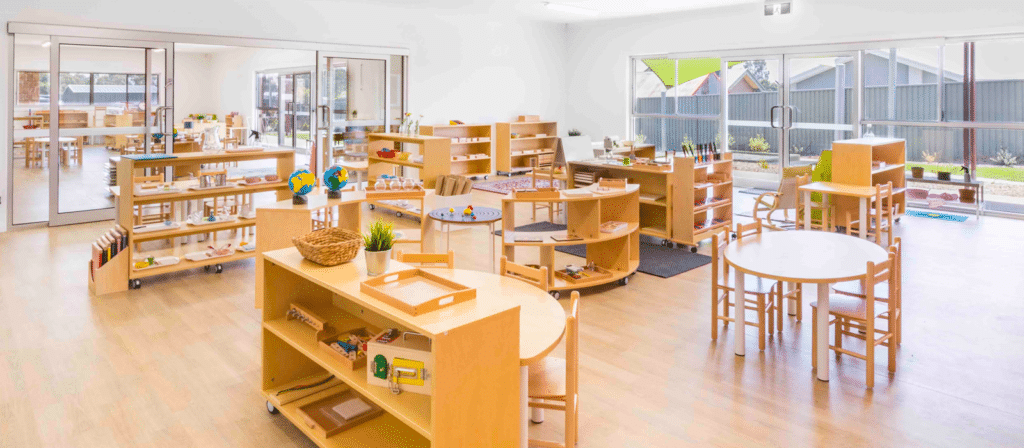
In conclusion, selecting appropriate play materials for a preschool classroom requires careful consideration of safety, age appropriateness, open-endedness, variety, inclusivity, durability, educational value, and storage and organization. By thoughtfully choosing play materials that align with these considerations, educators can create a stimulating and engaging environment where children can learn, explore, and develop essential skills.

